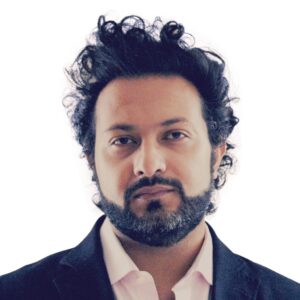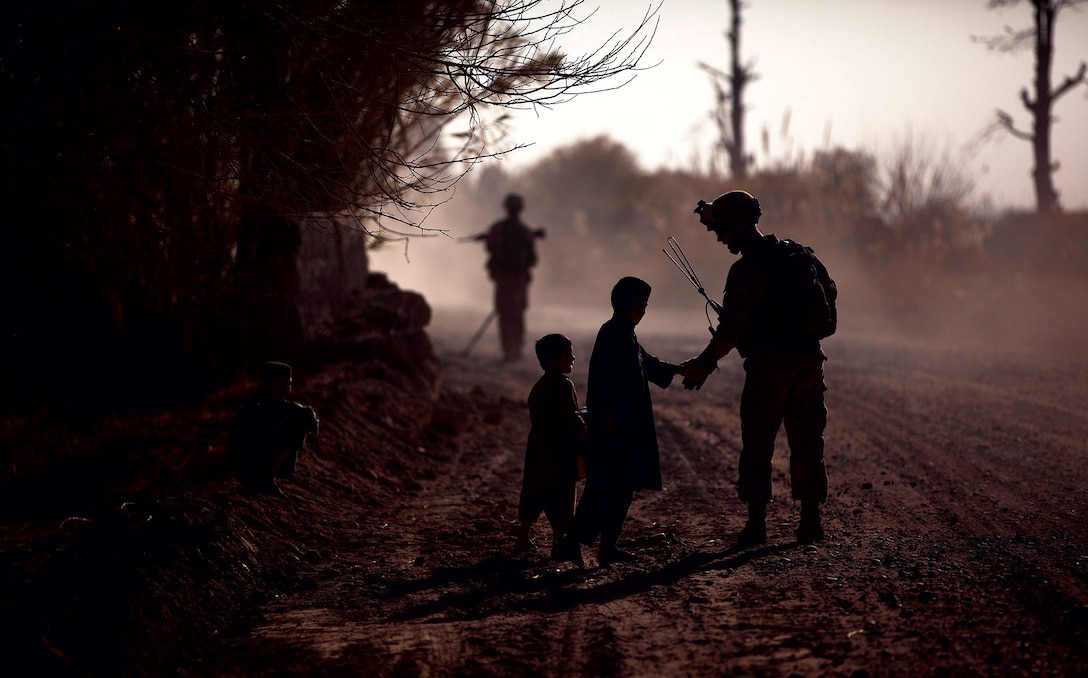The exit of a superpower. The abandonment of allies. A scramble to the helicopters as gunfire erupted over frightened crowds. The fall of Kabul on August 15 certainly looks a lot like the fall of Saigon, 46 years ago. Yet there is one major difference between the two conflicts, the US’s two longest wars, and in particular between the two American adversaries. The North Vietnamese were fighting a political war; the Taliban are fighting a cultural one. In Vietnam, the Viet Cong had a vision of what the country’s future could be. But in Afghanistan, the Taliban only have an imagined past.
The Vietnam conflict was long and shockingly brutal, but, at the heart of it, were two political projects: in North Vietnam, it was a revolutionary one, seeking to bring about an independent communist society; in South Vietnam, it was a capitalist and pro-American project. It was a political war.
The Taliban’s long battles in their country were, instead, cultural wars. First, to bring their vision of cultural stability to a 1990s Afghanistan ravaged by civil war, and then to expel the foreign soldiers that had toppled their “Islamic emirate.” There was no political project at the heart of it.
Vietnam’s political project allowed it the possibility of change, and indeed just over 10 years after the war ended, the communist ruling party – the same one that had won the war – made changes that ushered in the “socialist-oriented market economy” in place now. A political project at the heart of the conflict allowed that transition.
Not merely is that unlikely to happen with the Taliban, it may be philosophically impossible.
The Taliban are not an organized group with a coherent ideology, certainly not one that is amenable to political change. Instead, their guiding doctrine has been politics informed by faith, but crucially involving complete submission to the interpretations of the emir, the head of the Taliban, and without any structural mechanism to change or reinterpret his decisions.
The nearest thing the Taliban movement has to a codified ideology or set of laws is the layha, a published code of conduct for Taliban fighters that defines aspects of fighting, justice and even governance in accordance with Islamic principles. It is one of the few ways the Taliban leadership can ensure a measure of consistency in how their fighters behave with civilian populations across vast distances.
Even during the five years of Taliban rule in the late 1990s, there wasn’t a central government that imposed standard laws across the country. On the contrary, rules were decided on a more local level, with the inevitable result that more remote communities were much more conservative than major cities.
But the layha is revised centrally and without public discussion. The religious scholars who update it are appointed by the head of the Taliban. Indeed, the text itself says that if fighters face a situation not covered by the layha, they should ask the leadership for answers rather than interpret the text themselves.
This constant need to seek guidance from the leadership will make governing a country of millions, with court cases, foreign treaties, business disagreements and everything else, close to impossible. Assuming the current courts system is allowed to continue, there will be a dual track, parallel justice system. One, riddled with corruption but ultimately backed by the current Afghan constitution, the other a sharia courts system that delivers swift justice, but that has at its head a single man.
That excessive reliance on the judgement of the emir is the primary problem with the Taliban takeover of the country. It means that the assurances, such that they are, made both in this week’s press conference and in previous Taliban statements, that they would respect women’s rights “within the framework of Islamic law” need to be considered carefully – because it will be up to the emir to decide what falls within that framework.
To judge by the photographs of Kabul shopkeepers painting over advertising images of women and reports of people burning their papers and scrubbing their online profiles, Afghans are not waiting to find out what he decides.
Without a political project to steer the country and with a guiding ideology that seeks little more than ridding the country of vaguely defined “foreign influences,” the Taliban have come to power offering nothing other than a return to a long-distant past. Unlike in Vietnam after 1975, there is little chance of their political vision being enlarged or reimagined. That even means the potentially ameliorative influence of other Muslim countries could be limited, because the Taliban are not seeking to emulate or learn from other political projects.
In an article for The New York Times in February of last year, Sirajuddin Haqqani, the deputy leader of the Taliban, wrote that “if we can reach an agreement with a foreign enemy, we must be able to resolve intra-Afghan disagreements through talks.”
There is, certainly, a future for Afghanistan that reconciles the rights enshrined in the 2002 constitution with Afghanistan’s culture and customs, one that could be discovered through negotiations. But the Taliban didn’t fight a war for 20 years in order to start negotiating now.
 By Faisal Al Yafai

Faisal Al Yafai is currently writing a book on the Middle East. He is also a frequent commentator on international TV networks such as CNN, the BBC and France 24. Al Yafai has been an investigative journalist for The Guardian, a documentary journalist for the BBC and a writer for other news outlets. He is also an essayists and playwright. Al Yafai has reported from across the Middle East, and from Eastern Europe, Asia and Africa. He served as a Churchill Fellow in Lebanon and Indonesia.
Copyright Syndication Bureau for Telegraf






